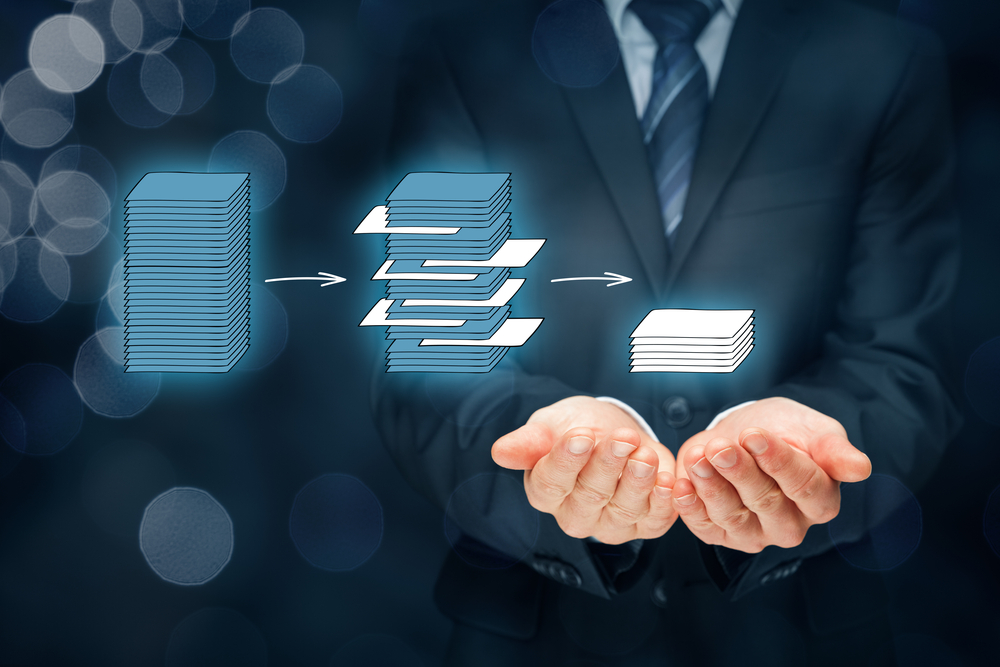Dealing with Unstructured Data in RPA

Is Your AI and Automation Strategy Right for You?
Robotic process automation (RPA) uses intelligent software “robots” to automate many tedious, manual business processes. By making your human employees available for more valuable, higher-level activities, RPA can deliver a return on investment between 30 and 200 percent in the first year alone.
However, one significant challenge to RPA adoption is the use of unstructured data, which by many estimates makes up 80 to 90 percent of information in an organization. Unstructured data is information that isn’t organized according to a clear, structured model.
Images, videos, audio, and text and PDF documents are all examples of unstructured data. These files are all easily comprehensible by human beings, yet much more difficult for an RPA software agent.
[ Learn The Benefits of Robotics in Financial Services and about the The fastest way to implement Data Extraction for Intelligent Automation | Get the latest insights by signing up for our newsletter. ]
For example, where you look at a photograph and see a dog, the RPA agent sees only a data-based representation of that photograph: a JPEG file with 512x512 pixels and three channels (red, green, and blue), each one containing a value between 0 and 255 for each pixel.
The good news is that unstructured data is not an insurmountable barrier to automating your business processes. Artificial intelligence, machine learning, and natural language processing (NLP) techniques can extract a surprising amount of value and information from unstructured data:
-
Scans of old documents can be converted into text files through optical character recognition (OCR) technology.
-
Text files can be examined with NLP to extract keywords and topics, generate summaries, answer questions, and more.
-
Audio files can be transcribed with speech recognition technology (like those used with Apple’s Siri assistant or closed caption generation on YouTube).
-
Images and videos can be analyzed with computer vision software to understand their contents. For example, image captioning tools can provide a short text description of a photograph’s most important features.
Unstructured data is a gold mine of information that far too many businesses are overlooking. By deriving structure and meaning from unstructured data, your organization can get better insights that will help you make smarter business decisions.
To learn how RPA can work with your unstructured data, speak with one of our RPA expert who can help you understand your unique business needs, goals, and situation.

